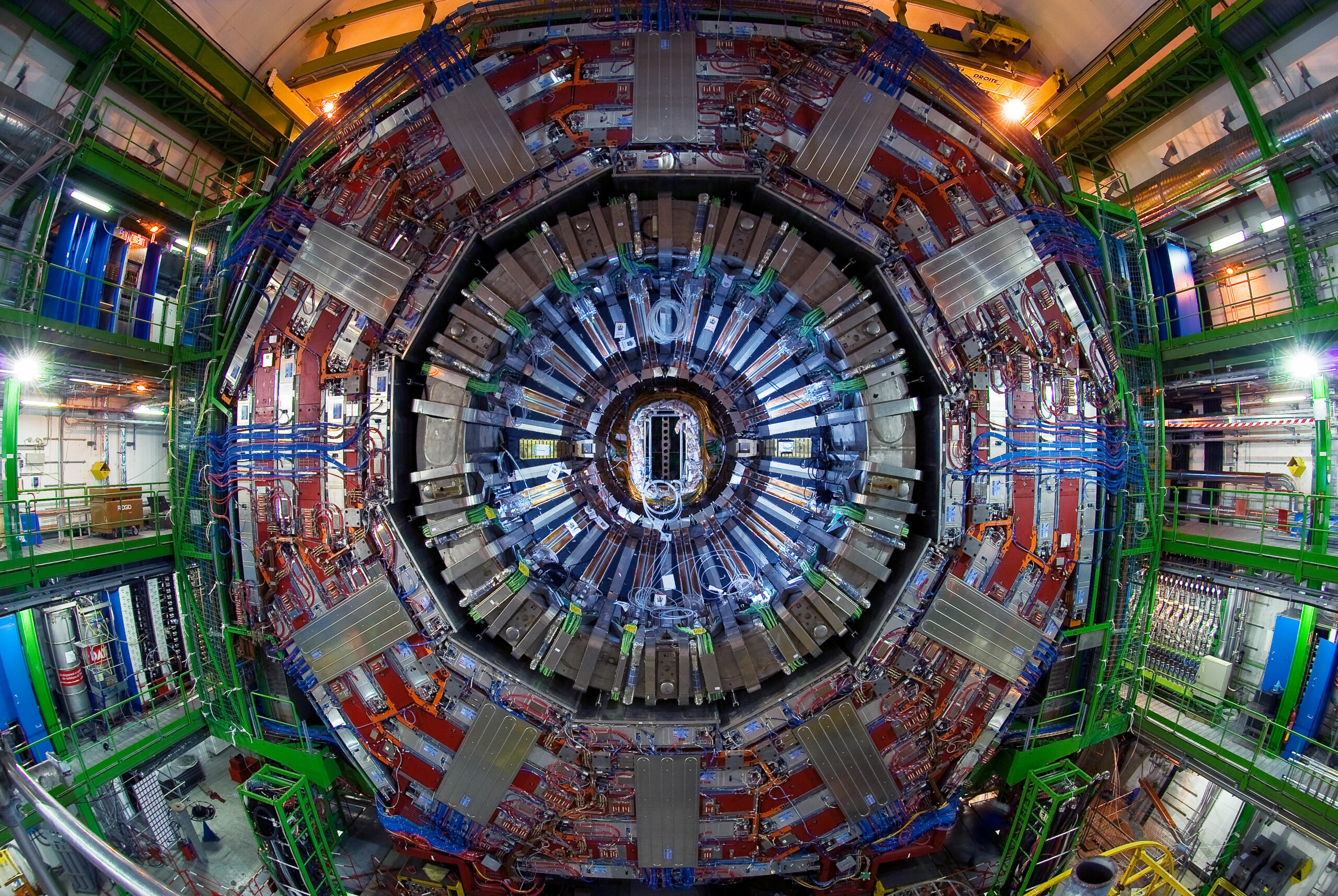The European Organization for Nuclear Research, commonly known as CERN, stands as a monumental bastion of scientific research in the realm of particle physics. Established in 1954, CERN has continually pushed the boundaries of our understanding of the universe. The organization operates the world’s largest and most sophisticated particle accelerator, the Large Hadron Collider (LHC), which serves as one of the primary tools in its quest to unravel the complexities of matter and the fundamental forces governing the cosmos.
One of the more compelling aspects of CERN and its operations is its dedication to collaborative research. Scientists from over 100 countries converge at this institution, bringing diverse perspectives and methodologies to a collective pursuit of knowledge. This international cooperation exemplifies the notion that the pursuit of scientific truth transcends national boundaries, fostering an environment rich in innovation and interdisciplinary dialogue. Through this collaborative ethos, groundbreaking discoveries reinvent not only our understanding of physics but also enrich our comprehension of the universe itself.
CERN operates several particle accelerators, with the LHC being the centerpiece of its experimental endeavors. The LHC’s design allows particles, predominantly protons, to be accelerated to nearly the speed of light, creating conditions akin to those that prevailed just fractions of a second after the Big Bang. This simulation of exotic physical phenomena presents researchers with unique opportunities to study fundamental particles, their interactions, and the underlying principles that govern their behavior.
A notable triumph of CERN’s achievements resonates throughout the scientific community: the discovery of the Higgs boson in July 2012. This elusive particle, integral to the Standard Model of particle physics, provides an explanation for how particles acquire mass through the Higgs mechanism. The discovery not only affirmed theoretical predictions but also underscored the crucial role that CERN plays in validating and expanding the corpus of established scientific knowledge.
Yet, the exploration at CERN reaches far beyond the Higgs boson. One major area of ongoing research involves the quest to understand dark matter. Comprising approximately 27% of the universe’s mass-energy content, dark matter remains an enigma. It does not emit, absorb, or reflect light, thus eluding direct detection with conventional observational means. However, its presence is inferred from gravitational effects on visible matter, such as stars and galaxies. Experiments at CERN seek to produce candidates for dark matter particles, thereby illuminating this shadowy facet of the cosmos.
Another frontier of exploration at CERN is the examination of antimatter. The symmetry between matter and antimatter is one of the most profound questions in physics. When matter and antimatter meet, they annihilate each other, a phenomenon raising questions about why our universe is predominantly composed of matter. The Antimatter Factory at CERN produces and studies antihydrogen—a composite of positrons and antiprotons—as scientists investigate its properties to uncover why the universe seems to favor matter over antimatter.
The exploration of quark-gluon plasma is yet another frontier being investigated at CERN. During the early moments of the universe, it is believed that quarks and gluons existed in a free state, forming a plasma before eventually combining to form protons and neutrons. The LHC recreates this primordial state by colliding heavy ions, enabling researchers to study the fundamental interactions between quarks and gluons under extreme conditions. This research offers profound insights not only into the very fabric of matter but also informs our understanding of cosmic evolution.
CERN’s scientific inquiries oftentimes bridge the gap between physics and cosmology. The detection of gravitational waves, for instance, reverberates not only within the realm of astrophysics but also within particle physics. Although CERN does not directly detect these waves, the theoretical frameworks developed through its particle accelerator experiments contribute significantly to our understanding of the universe’s most profound phenomena.
The dialogue between discovery and technology at CERN is a critical component of its identity. The research conducted within its facilities has led to the development of technologies that extend far beyond the confines of particle physics. The invention of the World Wide Web, originally conceived to facilitate data sharing among researchers, stands as a prime example of this synergy. As CERN continues its research, it inevitably catalyzes innovations that have transformative consequences across various sectors, from medicine to information technology.
Public engagement and educational outreach also play an integral role in CERN’s mission. The organization endeavors to demystify the complexities of fundamental physics through public lectures, exhibitions, and hands-on activities. By fostering a greater understanding of scientific endeavor, CERN aims to inspire future generations of scientists and enthusiasts alike, emphasizing the significance of inquiry and exploration in a world increasingly driven by technological advancement.
In summary, CERN represents a confluence of international collaboration, cutting-edge research, and profound inquiry into the fundamental constituents of our universe. Through the study of particles, interactions, and the very fabric of reality, it unearths not only answers to pressing scientific questions but also ignites curiosity about the nature of existence itself. As it continues to probe the mysteries of particles and the cosmos, CERN remains a beacon of hope and exploration, reminding us that our pursuit of knowledge is an infinite journey that beckons us to venture deeper into the unknown.












